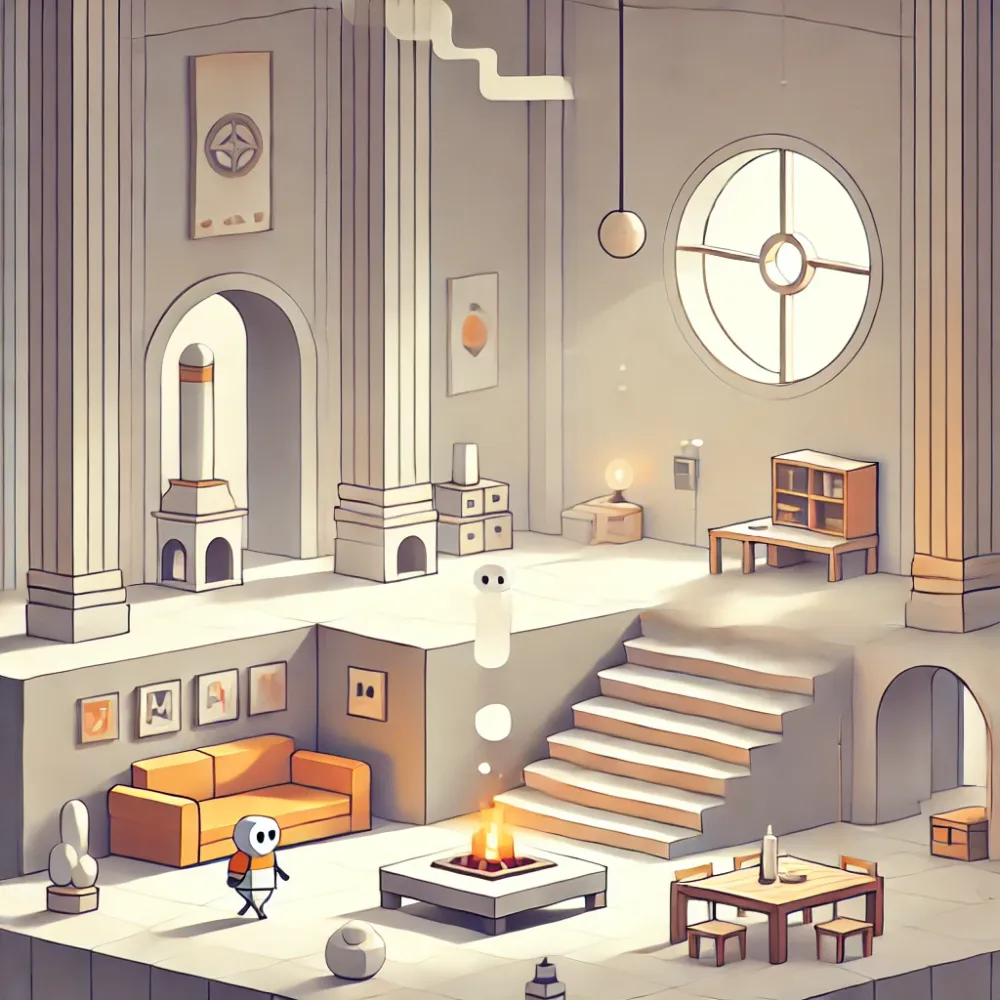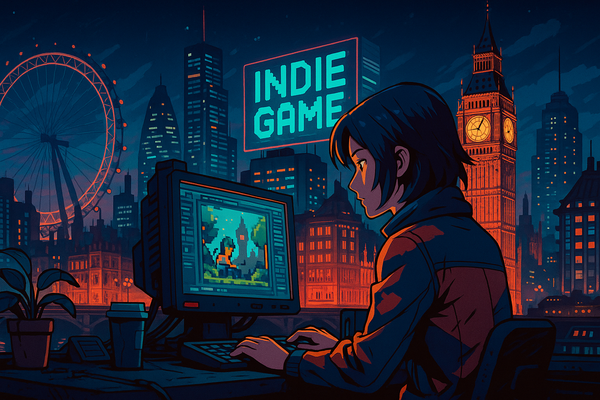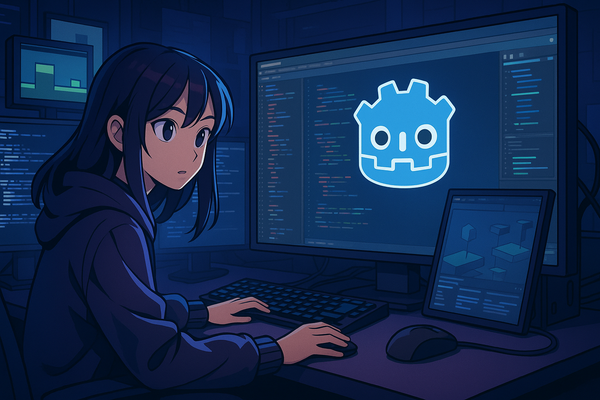Why minimalist design works in indie games: Less is more
Minimalist design has become a defining feature of many successful indie games. By stripping away extraneous elements and focusing on core mechanics, minimalist design allows developers to create engaging, focused experiences that resonate with players. Minimalism in game design emphasizes clarity, simplicity, and emotional impact, helping indie developers stand out in a crowded market while working with limited resources.
1. Enhanced focus on core mechanics
In minimalist games, the absence of clutter allows players to focus on the gameplay itself. By reducing distractions, minimalist design highlights key mechanics and interactions. Games like Superhot and Baba Is You use simplified visual styles that focus the player’s attention on the core experience without overwhelming them with unnecessary details. The simplicity of design enhances the accessibility and replayability of these games, allowing players to quickly grasp the rules while still being challenged by the depth of the mechanics.
2. Effective use of negative space
One of the core principles of minimalist design is the use of negative space to create focus. Negative space—areas left intentionally blank—helps guide the player’s eye toward important elements in the game world. This approach creates a sense of calm and clarity while also giving the game an emotionally evocative quality. For example, the indie hit Limbo is known for its stark, monochromatic art style that uses negative space to evoke a haunting, eerie atmosphere.
3. Strong emotional and visual impact
Minimalism in game design is not just about reducing visual elements—it’s about making every remaining detail count. Simplified designs and restrained color palettes can create powerful emotional experiences. Games like Journey and Monument Valley use minimalist art and storytelling techniques to convey profound themes, offering players emotionally resonant experiences without relying on complex graphics or mechanics.
4. Simplifying game development
For indie developers, minimalist design can be a practical approach to managing limited resources. By focusing on essential elements, developers can produce polished, cohesive games without needing large teams or massive budgets. Minimalist games rely on smart design choices, using stylized visuals and efficient mechanics to deliver memorable experiences with fewer assets.
Minimalist design is a powerful tool for indie developers, offering a way to deliver rich, focused experiences that stand out for their clarity and emotional depth. By embracing simplicity, developers can create games that resonate with players on a deeper level, proving that less can indeed be more.




